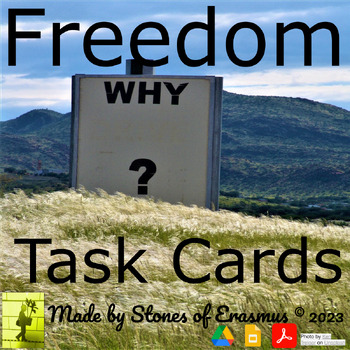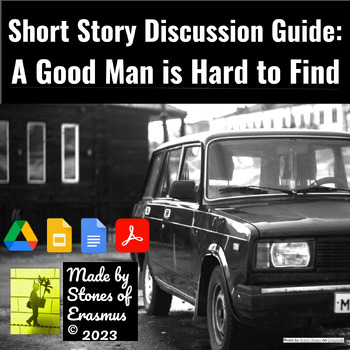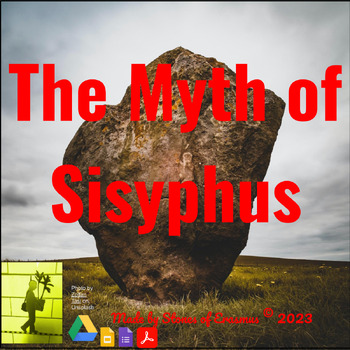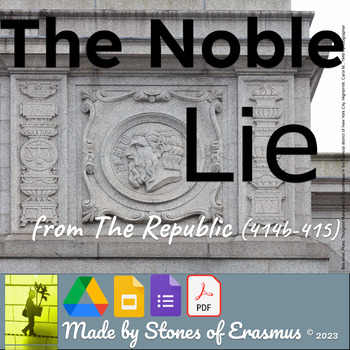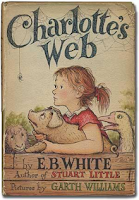He who has the property in the soil has the same up to the sky.
Property Rights Are Not Something to Argue About With Americans
I found the above aphorism in a quote book from England published in 1856. It would not be hard to convince a mogul in the real estate business that the above aphorism is a truth worth considering. In the United States, property ownership is next to godliness. Don't mess with someone's land. Ever since Europeans set their toe on the Americas, men were imbued with insane logic that what they claimed from the crown and God was rightfully their property. The Native Americans? Puh-shah — we came, we saw, we converted them to Christianity. Freedom, baby! Manifest destiny! But why is this concept of land ownership so ingrained in American culture? And why is it a dangerous thought? And should we reconsider it?
But What Do I Own, Really?
As a teenager, I was suspicious of most things (as is usual for a teen). I remember telling my aunt who had come over for dinner that "I'd never own a house." She laughed. And then spent the remainder of our mirliton stuffed with hamburger meat as to why I should reconsider my statement. And now at forty years old, I still don't own property. I have no land deeds to my name. Nah dah.
My landlessness is probably due to the fact that I live in New York City where no one in my income bracket owns a piece of property unless they inherited it — or live three states out from the city center. And I am comfortable with renting. And I don't own a car, either, because I live in a neighborhood close to a commuter train, subway station, and bus lines. But I also choose to live in New York — yet it is not where I was born — that would be the South — and certainly in South Louisiana to be middle class, to be white, to be American — is to own a house.
In fact, right after Hurricane Katrina, property values were ridiculously low. The government was literally giving land away in a program called "The Road Home" — to anyone who would grab it (taken from folks who had lost their mortgage because of displacement or who did not have the capital to rebuild). I never bought one of those post-Katrina properties but I know a few folks who did and they act like they got a great deal. But what if you lost your property, do you still have the sky? There is a Massasoit saying that goes something like how can we claim we own land when it belongs to Mother Nature — "How can one man say it belongs only to him?". I am amazed by how in radical ways, changing the perspective we have on private land ownership can change how we live together in a community.
For example, changing a busy avenue to a pedestrian mall during this recent Cornavirus epidemic has transformed my neighborhood. Where you would normally see cars buzzing down a busy thoroughfare a broad avenue turns into a long park for people to safely social distance and get fresh air! But I also live in a neighborhood bereft of public green space despite the fact that many of the apartments in my neighborhood are historic "garden apartments" — boasting gorgeous park spaces within the confines of private, closed-off buildings. Take a moment and think about how your city or neighborhood would drastically change if even a half percent of private land was open to the public. If you are pessimistic about this prospect then you are missing the opportunity to create connections between others that are desperately needed in this country.
And How Land Ownership Ties Into Racial Ideology in America
The same aunt who rattled off arguments to me as to why I should own a house finally bought a house. She had rented for years — but I think she resented this fact (and now, oddly, she sends me Facebook messages of black people who apparently are against the Black Lives Movement. As if she has found a treasure worth saving. "See," she thinks. "Greig will abandon his liberal ways once he sees a black person agrees with me!" She bought her house in a mixed neighborhood; she exclaims to me uncomfortably how much she loves her "black neighbors" — as if she is surprised by the comfort and safety she feels.
My aunt sees herself as an underdog — like a lot of white people who have a not-so-thinly-veiled disgust for any movement that touts racial equality. See. She just bought that house and has come to peace with living in close proximity to people who do not look like her. It doesn't matter that she is over sixty and will have the house paid off in forty years! She has a house.
But a mortgage scares the heck out of me. If I lose my job or if my income suddenly plummets it sucks that I would have to move and find cheaper housing but if I had a mortgage what would I do? I honestly believe homeownership, despite its risks, makes a certain group of American white people satisfied — they've achieved the American dream. And those Facebook messages? They're rants about how George Floyd was a criminal and no one wants to admit it and that it's hypocritical to have a funeral for him with such grand public attendance because we are in the middle of a pandemic. I can't make this stuff up.
Racism Is Bad — Until It Affects Me Personally
I feel like people, a lot of people, do not understand racism and its ugly tentacles and how racism stretches out and chokes, black people, and white people — and brown people. As James Baldwin mentions in a documentary, I Am Not Your Negroe, made a few years ago that garnered Academy Award accolades — Baldwin's words are the voiceover of the documentary overlayed with archival material of our country's racial history, tied to recent events — there are no white people. Ever. White is just a metaphor for power and it is Chase Manhattan Bank. The same people you probably owe your mortgage to.
So. How do I feel about the aphorism, now? Do I own the same property up to the sky? I am going to replace the quote with a different one and make it a mantra: "Leave the earth as you found it". If leaving my mark on the world means the suffering of someone else, then I want no part in it. I say that knowing full well, I am caught up in a system that is totally against this notion — but I want to believe it and as long as I am still alive I refuse to stop fighting for this belief.
Source: Macdonnel, David Evans. A manual of quotations, by E.H. Michelsen. United Kingdom, n.p, 1856.

